Мой блог на сайте
Еще статьи по теме
- Причины и профилактика молочного поноса у телят
- Все обо всем
- Когда лучше проводить внеплановую обрезку копыт у коров, рассказ фермера
- Повышенный риск клещевых заболеваний: что следует знать?
- Как изменяются органы беременных животных
- Биоплёнки друзья или враги?
- Гормоны в молоке
- Грибковое поражение зерновых и пастбищ
- Воздействие микотоксинов скрытно влияет на коров
- Меры предупреждения заболеваний овец перед выгоном
Milk is food produced in the mammary gland of mammalian animals. This gland has evolved from sweat glands in the skin to feed the litters through the milk produced. This product comes from the blood that goes through the mammary gland and is filtered and enhanced to become a food rich in all kinds of nutrients.
Currently, milk is widely considered to be one of the most complete and nutritious foods in the world. The most consumed milk comes from cows, followed by buffaloes and small ruminants such as goats and sheeps.
Milk production is one of the most important sectors of the world’s agricultural industry. It also plays a key role in the economy of milk-producing countries.
World milk production and consumption
Milk production in the world has increased exponentially over the years. In 1988, 530 million tons were produced while in 2018 the figure was 843 million tons, representing a growth of 59%. This highlights the importance of the dairy sector in the world economy, as approximately 150 million people are engaged in this activity.
Developing countries have a large share in the world’s dairy sector as it is the livelihood of millions of people in their economy, while in developed countries it is an important source of business. Currently, Asia is one of the continents that has boosted and improved its milk production systems the most.
According to 2020 figures, the country that consumed the most liquid milk was India with about 81,000 tons, followed by the European Union with 33,500, the United States with 21,200, China with 13,000, and closing the TOP 5 is Brazil with 11,000 tons.
In terms of milk production, India is considered the country with the largest number of milk producers, accounting for 22% of the world total. In second place is the United States, followed by China, Pakistan, and closing the top 5, Brazil.
In the Latin American context, producers in Argentina recorded the best performance in 2019/2020 with a positive variation of 7.4% producing 10 789 million tons. It was followed by Chile with 6.1% growth, Uruguay with 5.8%, and Mexico with 2.3%.
Composition of cow’s milk
Cow’s milk is a complete and affordable food for the human population. This product is considered to provide a significant amount of energy, high-quality proteins, and fats. It also provides minerals such as calcium, sodium, potassium, selenium, magnesium, and vitamins such as Riboflavin, Vitamin A, and B12.
The composition of cow’s milk can have variations that depend on many factors such as breed, age, and diet of the animals. Also, this composition changes depending on the season of the year, the environment, the production system, management, among others.
The major component of cow’s milk is water with about 87% of the total. The remaining 13% is called solid content and contains other molecules. Carbohydrates, of which lactose is the most important, account for 4.7%. This is followed by fat with about 3.7% and protein with 3.2-3.4%. This fat content varies notably with the species of cattle used, being higher for Bos indicus than for Bos Taurus.
Milk quality parameters
Milk quality is defined as a set of qualities or characteristics that qualify the product. These parameters can be quantified or qualified to obtain values that determine if the milk evaluated meets the required standards.
The parameters of milk quality can be about its composition, hygiene, and sanitary condition.
Organoleptic properties
One of the easiest parameters to evaluate milk is related to its organoleptic properties. These are evaluated through the human senses. Therefore, it includes an analysis of its appearance and color, whose alterations can indicate problems such as mastitis. Another analysis includes taste and aroma only when the cows are known to be completely healthy. These characteristics are of great importance because they provide the properties that the consumer will detect when consuming processed milk.
Physicochemical properties
These parameters are evaluated with laboratory equipment by specialized companies in the dairy sector. The tests determine parameters such as the amount of water in the milk, the solids content, and the specific gravity. In this way, the physicochemical characteristics of the milk and its quality are determined, as it is observed whether other products have been added to change its composition.
Other parameters evaluated are the temperature gradient, pH, and tests related to acidity and the use of alcohol to determine the number of components such as milk fat or proteins. The economic value given to a batch of milk on the market depends to a large extent on these parameters.
Quality parameters on hygiene
Milk hygiene is a key factor in the dairy industry since its consumption in the human diet must guarantee that the product is completely safe.
There are tests such as the resazurin test or methylene blue to evaluate bacterial growth and activity in a milk sample through color changes in these reagents. Another technique is the Bacterial count in milk to quantify the population of microorganisms present in the sample. Finally, there is the Somatic Cell Count that provides information on the welfare of the mammary gland in the population of cows evaluated.
Milk adulteration
Finally, laboratories have tests to determine milk adulteration and ensure milk quality. Among the common practices to detect is the addition of water, illegal preservatives, solids of other nature, alteration of the amount of fat. These changes in the original composition of the milk can result in sanctions as they go against the quality of the milk and the safety of the product.
Microbiological analysis of milk
Milk must be subjected to microbiological analysis to determine the accepted and maximum parameters of microorganisms and contaminants. The objective of these measures is to maintain safe food and under the best quality standards to Avoid Food-Borne Illnesses (FBD).
Coliforms
Permitted levels are determined by each country and it is recognized that these bacteria are ubiquitous, therefore there are acceptable limits. Their importance lies on the fact that there are types of E. coli that can cause diarrhea and infections of public health concern.
Salmonella
This bacterium can be present in milk and cause salmonellosis in consumers or farm personnel since it is transmitted by direct contact. Dairies must have certificates to prove that the batch of animals is free of Salmonella; if necessary, the milk can be tested in cases of suspicion.
Staphylococcus aureus
This bacterial pathogen is prevented by good hygienic practices in the herd. However, in cases of suspicion, milk samples can be tested for the presence of Staphylococcus aureus.
Aerobic and anaerobic mesophilic bacteria
The analysis of these bacteria includes some that live in oxygen (aerobic) and non-oxygen (anaerobic) environments in milk. In addition, they grow at a stable temperature (mesophilic).
Aerobic and anaerobic thermophiles
Like the previous bacterial count, bacteria can live with or without oxygen. But in this group are classified those that resist high temperatures (45-55°C) so that their elimination by heat is difficult. They are a parameter to evaluate if pasteurization methods through heat are effective.
– Lactobacillus fermenti
– Lactobacillus lactic
– Lactobacillus acidophilus
– Streptococcus thermophilus
Somatic cell count
This analysis is performed on milk samples to determine the degree of mastitis that cows may have. In this count, inflammatory cells that may be present in the udder are determined and eliminated by milk. An acceptable value is less than 100,000, indicating a healthy udder. In many countries, technical standards provide economic benefits for keeping the count at minimum values.
Aflatoxins
Aflatoxins are toxic metabolites produced by fungi of the genus Aspergillus. They are of great importance in the dairy industry since they are secreted by the milk of cows that have consumed these toxins and can affect human health. A maximum value of 0.5 mg/L aflatoxin M1 in milk is tolerated.
Strategies to maintain milk quality
Milk quality is a factor that carries considerable weight within the marketing and industrial sector. In most countries, laws establish minimum requirements for its components and standards that provide added value if they are satisfactory. Therefore, it is convenient for farms to implement strategies that ensure the best quality of milk during production and thus obtain economic benefits and high production yields.
- Use of Alquerfeed Lactorumiantes which is a milk production improver for dairy cattle, sheep, and goats. In addition, the product also increases milk quality by improving fat and protein levels. Its components favor the balance of ruminal flora, which is essential for milk production.
- Use Alquerfeed Antitox, a product containing Silicoglycidol which is a mycotoxin binder. In ruminants that consume feed contaminated with aflatoxin B1, it is metabolized in the liver to aflatoxin M1, which is a public health risk due to its appearance in milk. The efficacy of Alquerfeed was demonstrated in a field trial with goats in which there was a significant reduction in aflatoxin excretion in goat milk. In addition, the product does not affect the production of ruminants.
- Having a Good Farming Practices plan to prevent diseases from entering the farm and to build a herd with disease resistance.
- Have an efficient cold chain to avoid deterioration in milk quality due to temperature changes.
- Establish a complete sanitary plan that includes disease prevention through vaccination, deworming, and management of sick cows.
- Implement periodic maintenance on milking equipment, as well as complete sanitization at each use to keep microorganisms in the system to a minimum.
- Periodically evaluate the udder health of cows in the herd to detect early cases of mastitis.
- Perform constant analysis of milking systems for bacterial contamination, inflammation, or any signs that indicate subclinical mastitis and treat them in time.
- Provide adequate feed and necessary supplements to cows in production to meet their dietary requirements to maintain high milk quality.
- Provide courses and educational support to herd workers so that they can handle and milk cows under hygienic and animal welfare conditions.
Conclusions
Milk is consumed by approximately 6 billion people worldwide, especially in developing countries, as it is an important component of their economy. Some countries of the world base a large part of their diet on dairy products and derivatives.
Milk is one of the most complete foods available and affordable in many regions. This product provides many nutrients such as high-quality proteins, fats, vitamins, and minerals. It is therefore one of the most important and valuable foods today.
To ensure that milk is of high quality, there are several tests and parameters that are analyzed to guarantee its safety and composition. Among these parameters are the organoleptic properties, physicochemical properties, and hygienic quality of the milk. In addition, there are tests to detect cases of milk alterations that are detrimental to its quality.
Finally, to maintain milk quality, there are a series of strategies and recommendations that producers should apply. Improvements in management, sanitary plan, milking, and herd health help to ensure that milk quality always meets the required standards.
автор Джерсон Андрес Куэльяр
источник https://www.veterinariadigital.com/













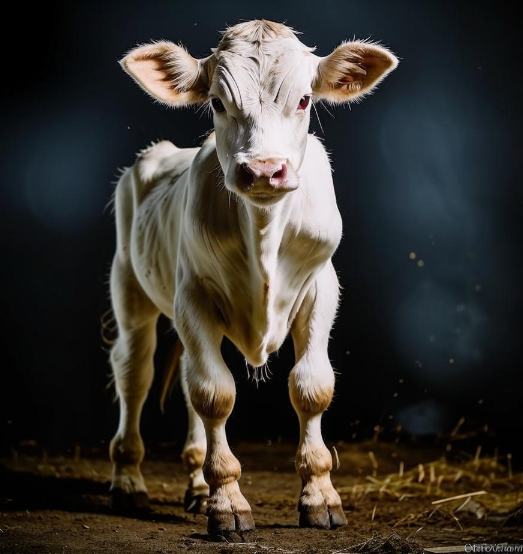



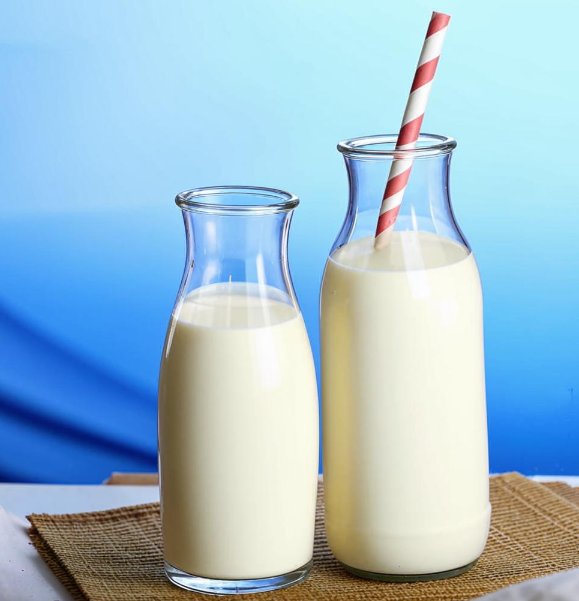
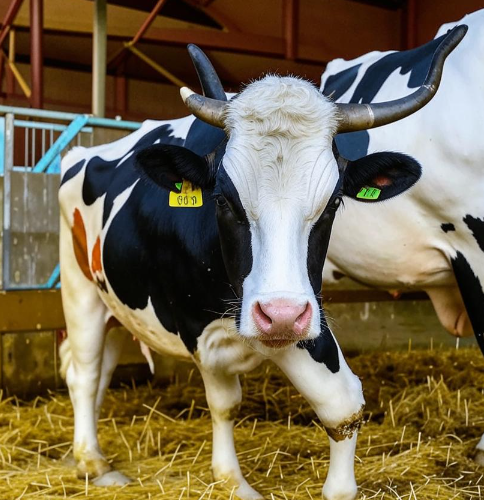
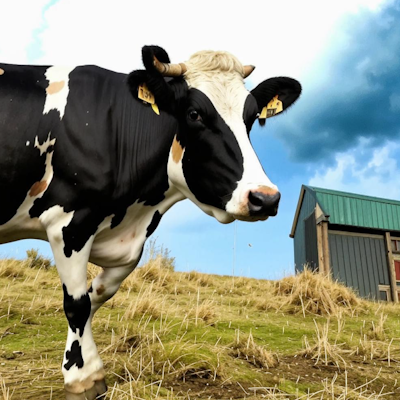
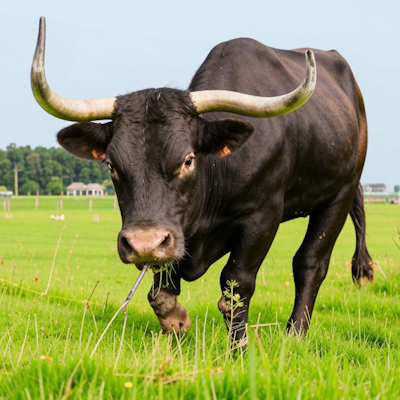
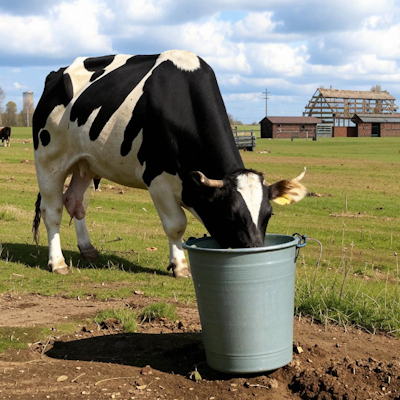
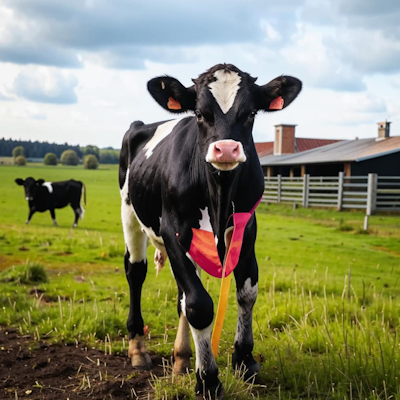
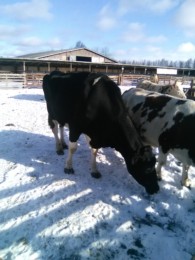
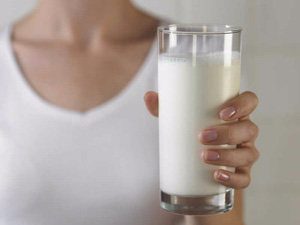
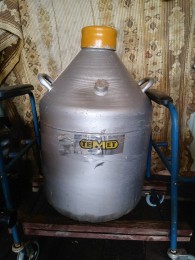





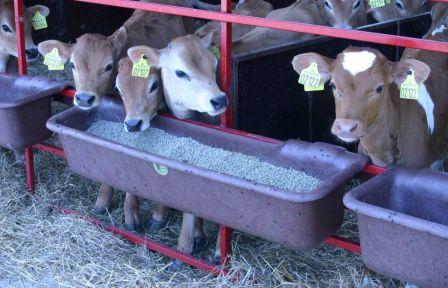




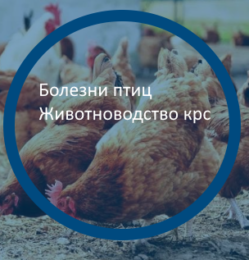





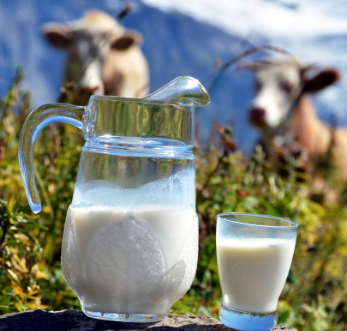 Молоко по 280 рублей: почему в Тюменской области фермеры массово отказываются от коров.
Молоко по 280 рублей: почему в Тюменской области фермеры массово отказываются от коров.  Фермеры подчёркивают важность гигиены при дойке коров и обработке оборудования.
Фермеры подчёркивают важность гигиены при дойке коров и обработке оборудования. 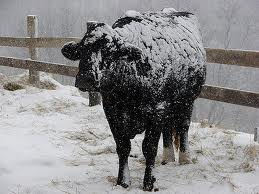 Дойка коров в зимнее время
Дойка коров в зимнее время